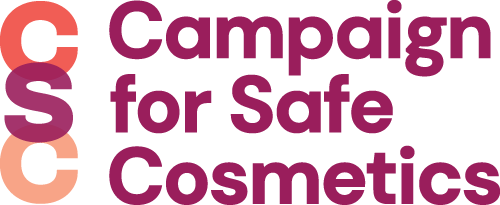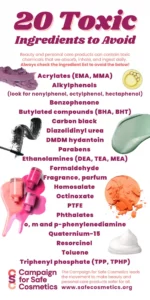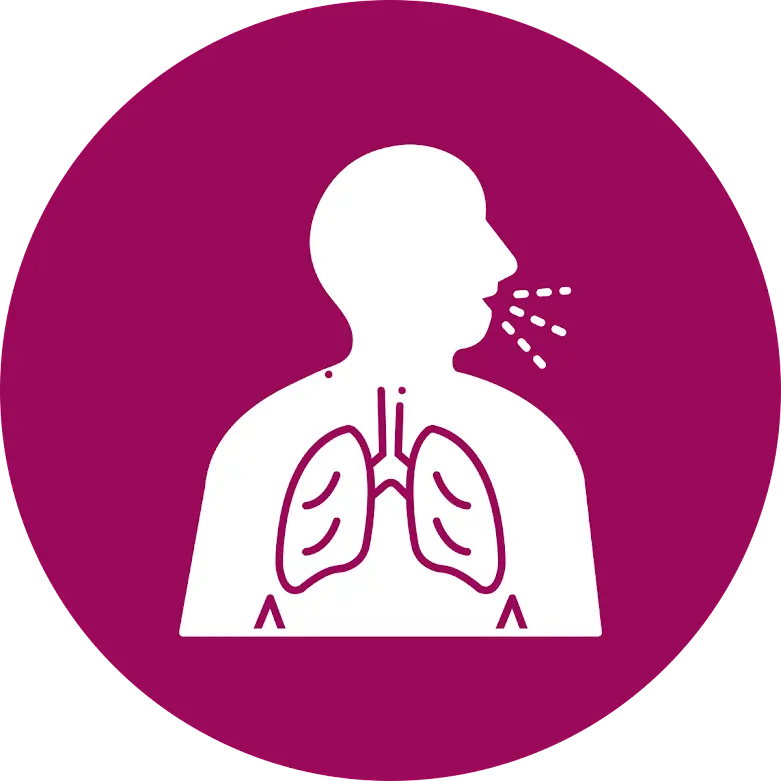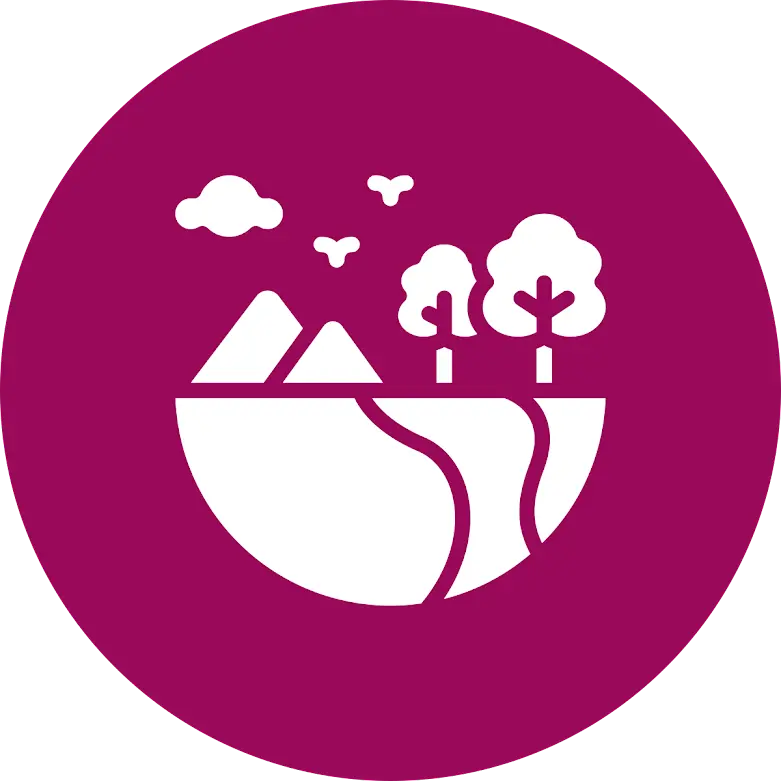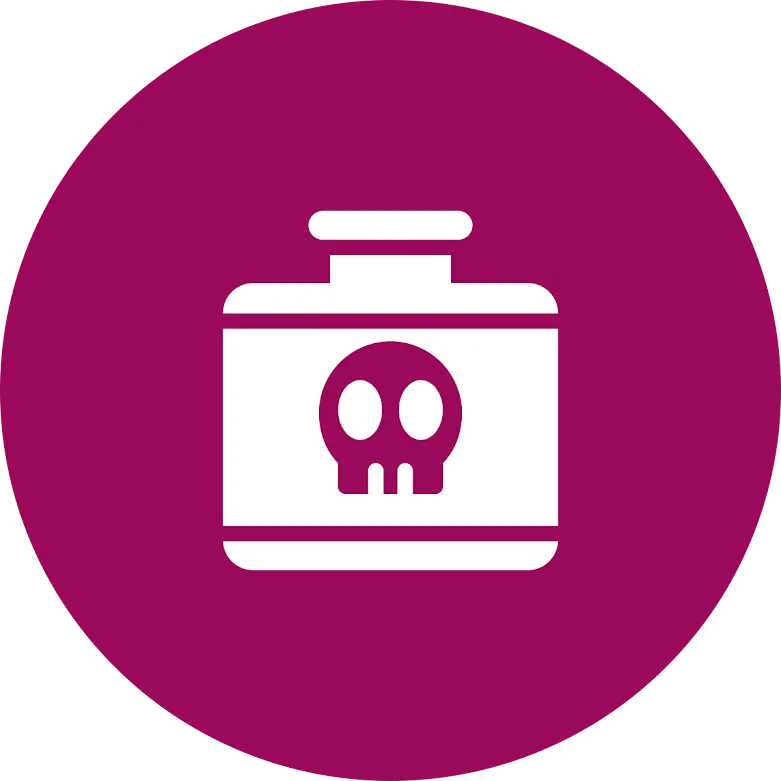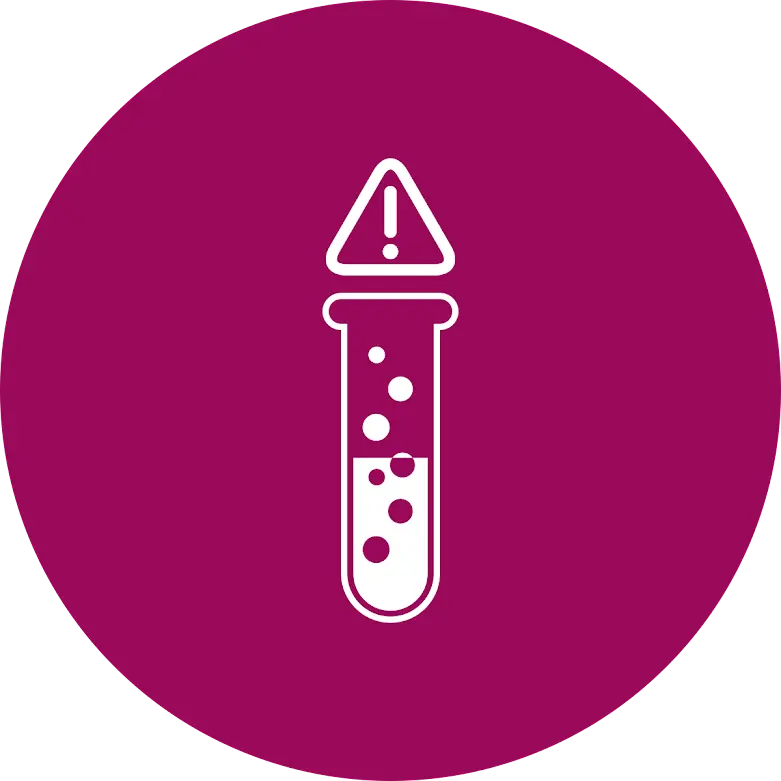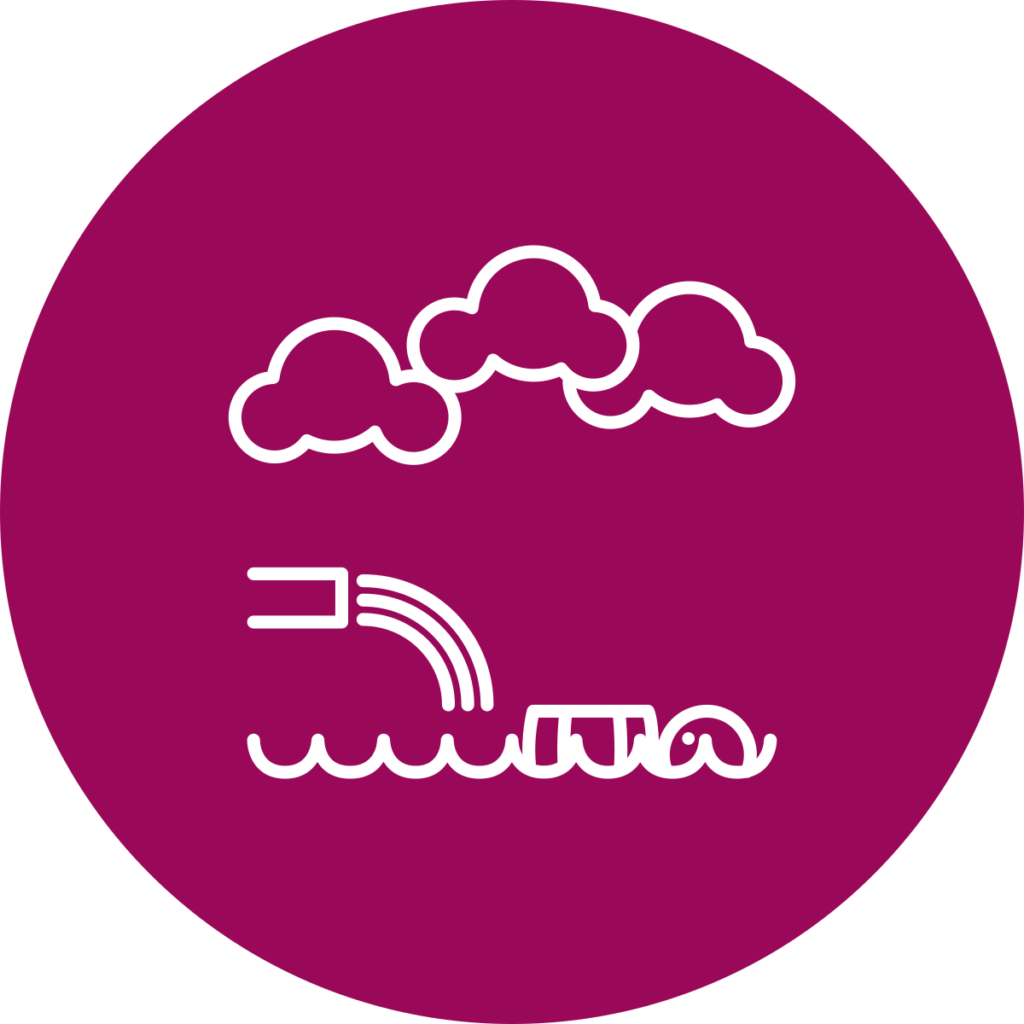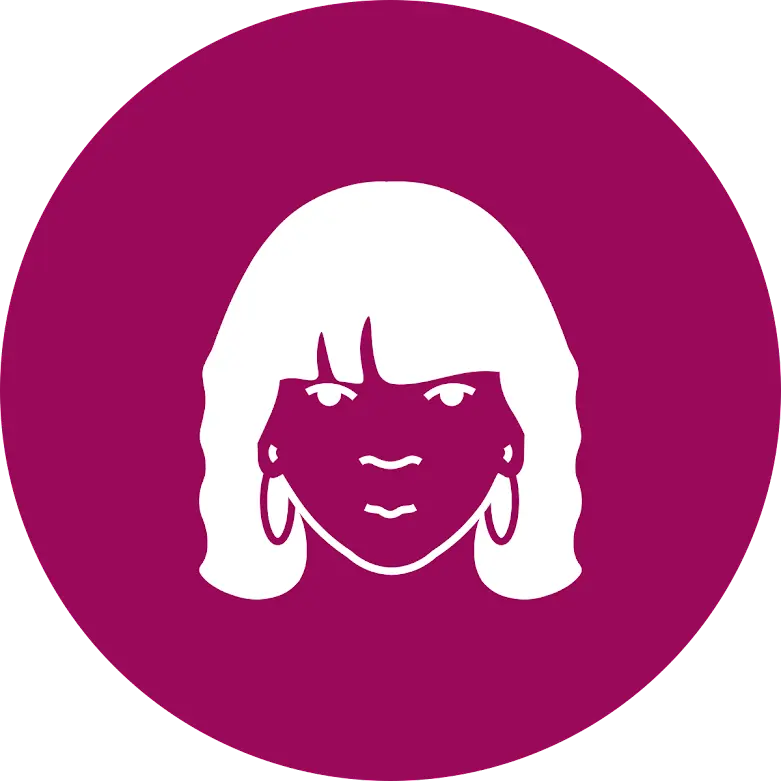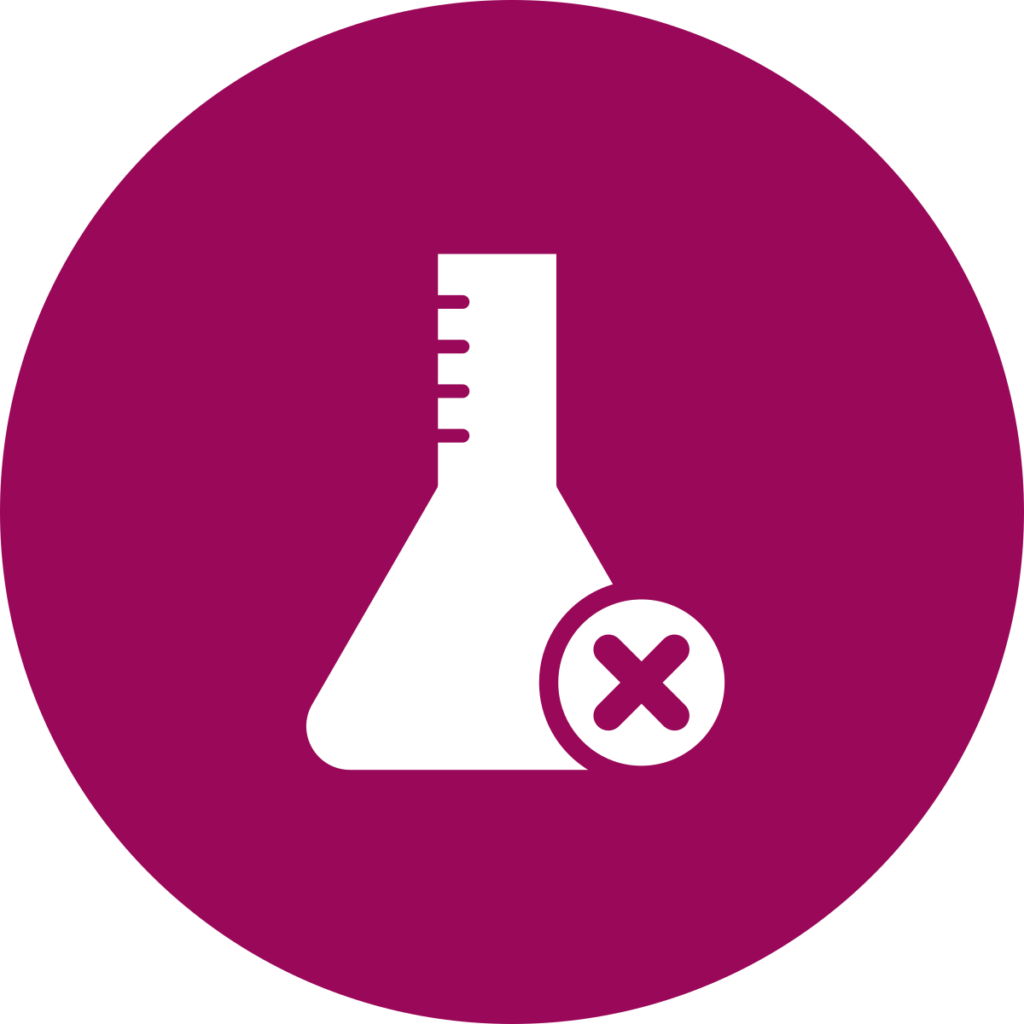By Tianna Shaw-Wakeman, Environmental Justice Program Coordinator, Black Women for Wellness, and a Advisory Committee Member of the Black Beauty Project
When I was a little girl, I would have done anything for straight hair because I was socialized to believe that beautiful hair wasn’t curly. I was so insistent that, against her better judgment, my mother used the Just for Me chemical relaxing kit on my hair and regularly straightened it with flat irons, hot combs, blow dryers, and all the accompanying oils and moisturizers to keep my hair protected. I still remember the relaxing treatments vividly – the feeling of Vaseline being applied to my face, neck and scalp so it wouldn’t burn, the smell of the activator as it was mixed into the white base, the feeling of my mother combing the cream through my hair’s new growth, the sting of warm water hitting my raw scalp (even with the Vaseline protection) to rinse out the chemicals and begin the lengthy blow drying and straightening process, and finally, I remember the result: shiny, straight locks.
Years later, like many curly gals freed by the most recent natural hair movement, I stopped using chemicals and heat. At the same time, I started doing research into the products that would be safer for my hair and for me. The more I learned, the more I started phasing out toxic chemical-filled products from every facet of my life—makeup, skincare, feminine hygiene, you name it.

My story is a microcosm of a much larger and systemic issue: the environmental injustice of Black beauty. Black women are overmarketed and sold products with some of the most toxic chemicals in the beauty industry—for instance, the kind that makes a young child’s scalp burn. The Federal Drug Administration (FDA) is tasked with keeping consumers safe, yet they haven’t updated the regulations governing cosmetics since 1938 and the current guidelines are a mere 2.5 pages. Shockingly, only 11 of the over 10,000 chemicals used in personal care products are banned (in comparison to the 2,400+ banned in the EU), and all the while, people—Black people—are being harmed.

Black women spend $7.5 billion on beauty care annually, and some of this spending is a result of skewed beauty standards and racist discrimination that forces Black people to try to meet an ideal that society deems more ‘professional’ or ‘appropriate.’ For instance, the ideal that straight hair is good hair. In recent years, researchers and the public have begun to draw links between health problems faced by Black women and the use of certain products. Chemical hair straighteners and hair dye increase Black women’s risk of breast cancer and uterine cancer. This is particularly concerning because Black women die more frequently from breast cancer than other races, and Black people often don’t have equitable access to quality healthcare. All of this is more severe for those most exposed to these chemicals—beauty professionals.

Hair stylists, barbers, nail artists, estheticians, and everyone who makes a living in the beauty industry is overexposed and underprotected from toxic chemicals in beauty care. Day in and day out, hair stylists and nail artists are forced to breathe in noxious fumes, handle chemicals like phthalates, parabens, and formaldehydes, and aren’t always given or able to purchase protective equipment. Since hair care is a pillar of economic prosperity in the Black community, again, this is a problem that greatly affects our people. Black people.
Clearly, change is needed—we deserve clean, safe products, and a society that unequivocally understands that Black is Beautiful! To help bring us all one step closer to this reality, BCPP and its Campaign for Safe Cosmetics, along with partners like Black Women for Wellness, created the Non-Toxic Black Beauty Project to educate the public about this issue, highlight the chemicals of most concern for Black women, and promote Black-owned beauty brands that offer truly clean beauty. Please check out each of these resources and whether you’re a Black lady like myself, or a beauty professional, continue reading for tips on how you can keep yourself safe!

Calling all Black Women and Girls! 5 Tips for Safer Beauty
- Know your worth!
- You deserve safe beauty products. The fact that it can be so hard to find healthy, clean beauty products is not your fault. It is the fault of those in power who haven’t properly regulated personal care products. Know that you matter and are worthy of more.
- Take action to protect yourself; remember, you know what’s best for you.
- First, make a list of all the beauty products you use. Then, review the ingredients of each product and compare them to resources that highlight chemicals of concern (see tip 5). For the worst offenders, decide on which products you feel comfortable giving up or finding alternatives. Our recommendations? Skip toxic hair treatments like relaxers, beware of skin lighteners, and reduce the overall quantity of products you use. Remember, we all accept some risk into our lives—it is up to you to determine how much you’re comfortable with in your beauty care routine.
- Avoid “fragrance” and “parfum” when possible.
- The terms ‘fragrance’ and ‘parfum’ on ingredient lists, even with modifiers like ‘natural’ or ‘organic,’ can be made of toxic chemicals. If a brand doesn’t specify what makes up the fragrance in their products, this is a red flag, because companies should be transparent if they have nothing to hide. It can be difficult to find products without fragrance, so at least aim to reduce the amount of products you use with undisclosed fragrances.
- Beware of nail products or treatments with toxic ingredients.
- Chemicals in nail polish can be absorbed into the body and inhaled during application. If you can, completely avoid nail polishes with the following ingredients: dibutyl phthalate, formaldehyde, toluene, triphenyl phosphate (TPHP), and those with methacrylate compounds (MMA or EMA).
- Trust your gut & lean on us.
- If you can easily read the ingredients on a label that’s a good sign! If something sounds suspect, then it probably is (Ex. Butyrospermum parkii (shea) butter vs. Phenoxyethanol). Lean on research from trusted sources like Black Women for Wellness, Breast Cancer Prevention Partners’ Campaign for Safe Cosmetics, EWG Skin Deep, Clearya, Silent Spring Institute, and Women’s Voices for the Earth.

